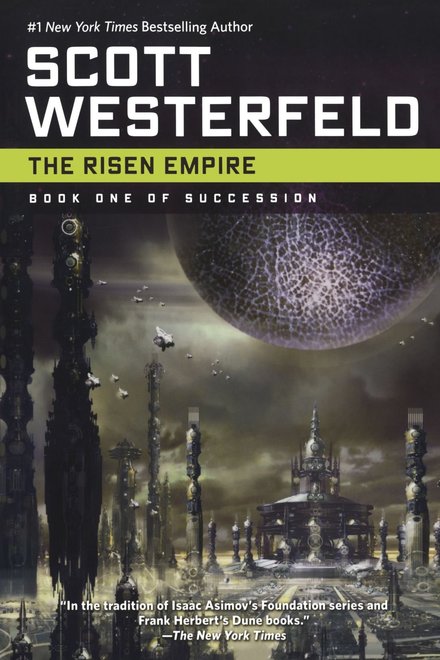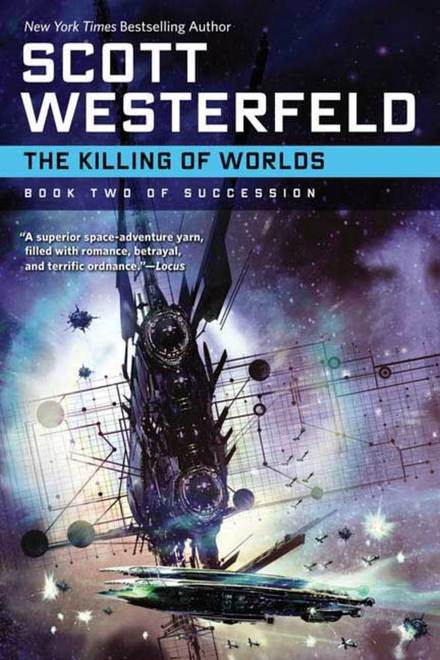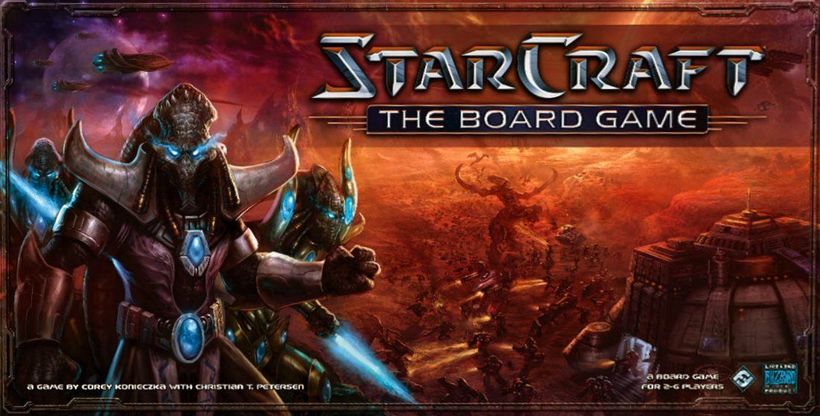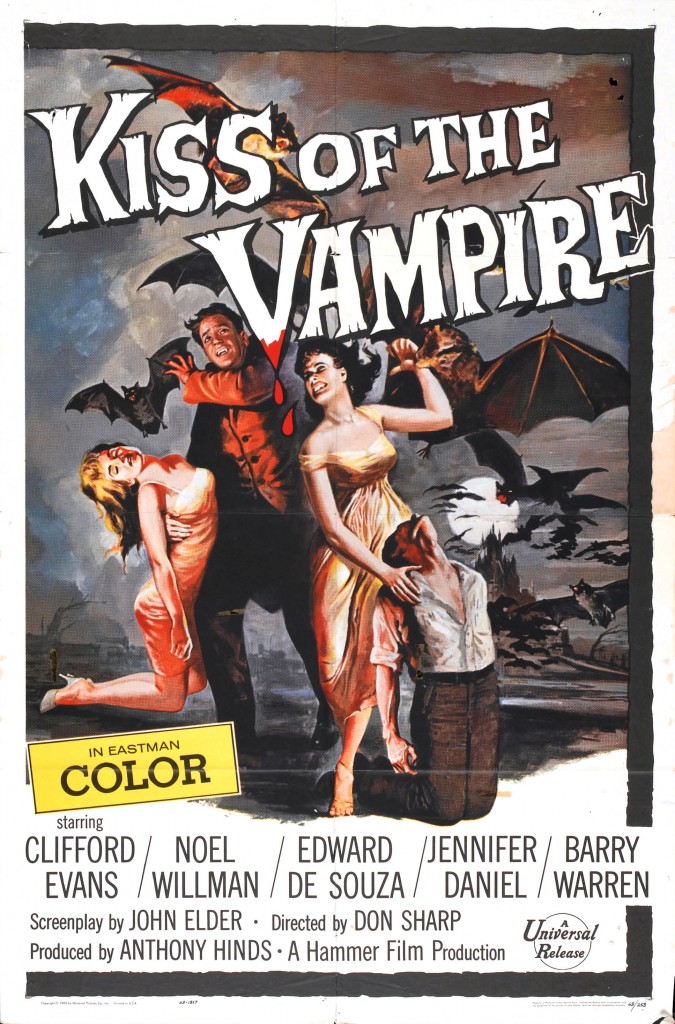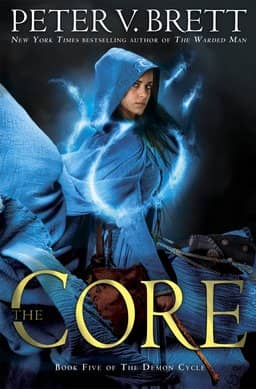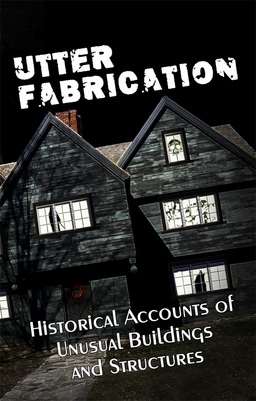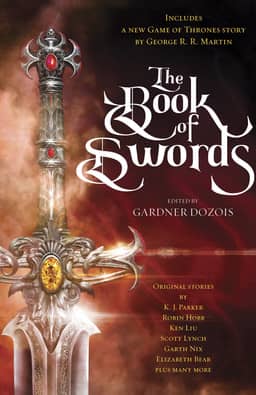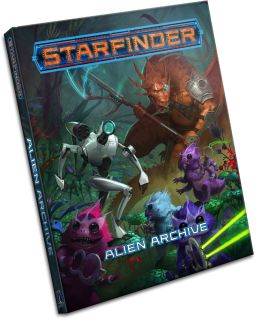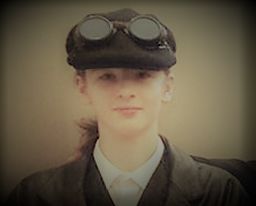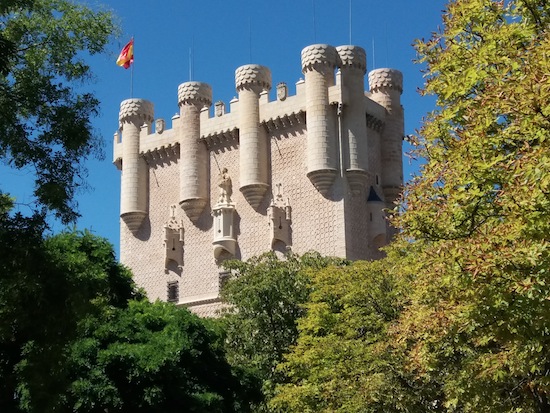Tempus Takes Manhattan: Janet and Chris Morris’ Tempus Unbound
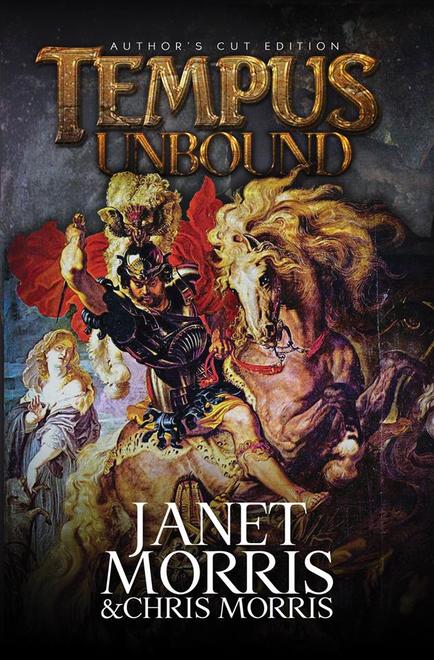 |
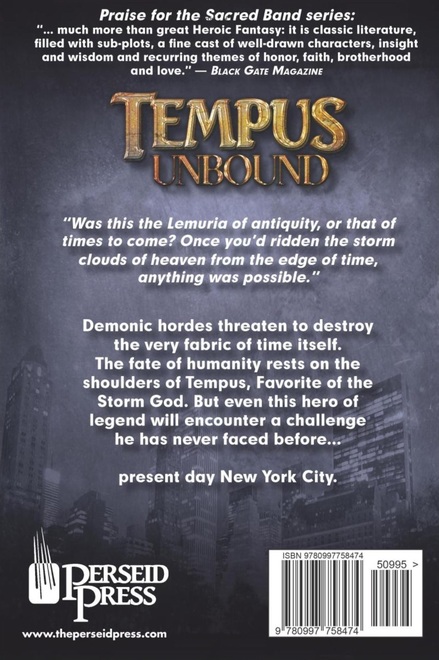 |
“Was this the Lemuria of antiquity, or that of times to come? Once you’d ridden the storm clouds of heaven from the edge of time, anything was possible.”
Few are the writers who can successfully take their characters out of their “ancient setting” and transplant them in a story set in modern and even futuristic times, fighting numinous enemies, inimical foes and a capricious and dangerous theomachy. In my opinion, Janet and Chris Morris have brilliantly achieved just that with Tempus Unbound. This novel takes place after the events in City on the Edge of Time, and before those of Storm Seed, and it’s quite a departure from the other novels in starring Tempus the Black, Niko, Strat and the other warriors of The Sacred Band. It’s also quite a wild ride — an adventure that never lets you pause for breath.
The story begins after Tempus leaves the City at the Edge of Time and heads for Lemuria. But is this the Lemuria before or after the Fall of Man? Is it the Past or is it the Future? As events later play out in the novel, we find that out. Tempus is on a quest to find Cime, the Mage Killer who may or may not be his sister, who was forced into a marriage to Askelon, the Lord of Dreams. Cime has gone missing from Meridian, Askelon’s dream realm, and Tempus rides to Lemuria looking to find her. He suspects she’s gone after some mage who needs killing, and hopes she has her magical diamond rods with her, for without them she’s powerless.
